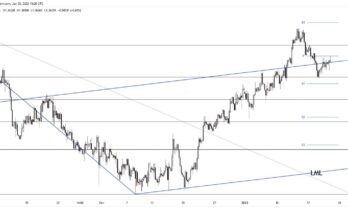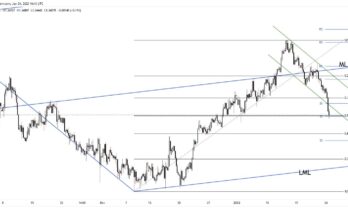The two main events this week were the ECB monetary policy announcement and the US non-farm payrolls report.
As expected, the ECB left rates on hold. The bank upgraded growth forecasts but, as President Draghi delivered details about the quantitative easing programme, EUR/USD broke down through $1.10 to an eleven and a half year low. He was very dovish, but we knew he would be.
Comments along the lines of QE remained open ended as expected. In this case, markets sold the fact and EUR/USD looks very vulnerable. Putting it mildly, there isn’t a lot of confidence in the euro system right now. Selling down and through $1.10 will likely mean a new range is soon carved out in EUR/USD, although it might not be long before we see parity with dollar judging how the markets reacted last week.
By Alex Edwards at UKForex, an international money transfer service
Friday’s US jobs report also printed a lot better than expected. Coming in at 295k against 240k, the dollar snapped higher. GBP/USD gapped from $1.52 to $1.5150 and it’s continuing to lose ground. Weaker than expected wages softened the blow to cable, or should we say limited the damage.
Will it continue next week? We certainly think so. Momentum has taken hold and there’s little by way of European economic data to provide any kind of fundamental support to the single currency. There’s also still a risk that the Greece situation will worsen and that investors become even more sceptical about the new government’s promised austerity reforms.
Dollar bids aren’t likely to abate either. There’s been no indication that the Fed are looking to change tact and it seems a rate hike remains likely in October or September, especially following this month’s strong jobs data. This divergence with other central bank policies around the world, including the ECB, BoE and RBA, has naturally supported demand for the greenback over the last few weeks and we don’t expect this to change soon. The calendar is a bit light on economic data from across the pond but retail sales and producer prices will be a focus for markets.
The same can be said for the pound, with only manufacturing production data due on Wednesday. Whilst GBP/USD nurses its wounds in the $1.51s, GBP/EUR is at multiyear highs, having pushed through €1.39 on Friday. A break of €1.40 is well and truly on the horizon as sentiment towards the euro continues to worsen.
In the fresh podcast, we preview the NFP, talk about false breaks, the Australian and Canadian rate decisions, a potential easing in Japan, the widening gap within oil prices and an update on forex brokers after the SNBomb
Follow us on the  iTunes page



